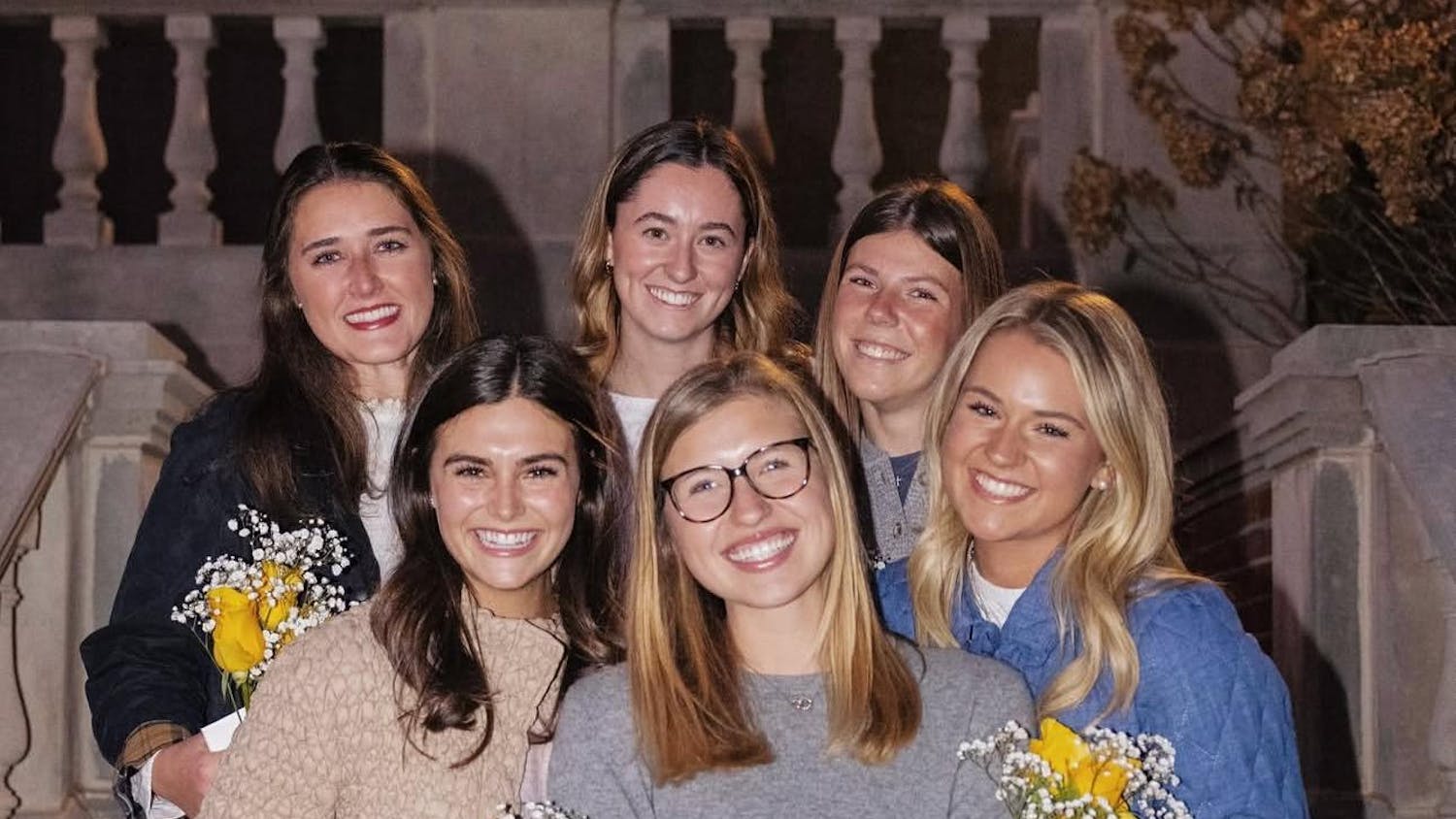Auburn, Ala. (EETV) - The project "Bloody Sunday, Selma and the Long Civil Rights Movement" by Drs. Gaddis and Hébert focus on the "Bloody Sunday" civil rights event that took place in 1965.
Gaddis described the Auburn team as multidisciplinary. The team's efforts build on earlier research by Hébert along with Richard Burt, from School of Building Science in the College of Architecture, Design, and Construction (CADC). Other team members include Junshan Liu (CADC), Leslie Cordie (College of Education), and Danielle Willkens (Georgia Institute of Technology).
On August 18, the National Endowment for the Humanities (NEH) announced the $28.4 million in grants to support 239 humanities projects across the nation.
"The grants demonstrate the resilience and breadth of our nation's humanities institutions and practitioners," said NEH's Acting Chairman Adam Wolfson. "From education programs that will enrich teaching in college and high school classrooms to multi-institutional research initiatives, these excellent projects will advance the teaching, preservation and understanding of history and culture."
One of five awards in the category of "Landmarks of American History and Culture," Auburn's grant will support a pair of week-long workshops to include 72 K-12 educators in field studies that focus on the significance of Selma in the early days of the civil right movement.
"We plan to deeply immerse workshop participants in the landscape and built environment that existed in 1965 and in learning about the participants and events that led up to and included the march from Selma to Montgomery and the clash between marchers and law enforcement that came to be known as Bloody Sunday," Gaddis said.
Gaddis also said that Auburn will begin hosting its workshops in the summer of 2022 with events in Selma, Montgomery, and Auburn.
“We will end the last day of the workshops on the steps of the Alabama Capitol Building, where the marchers ended their journey from Selma to Montgomery."






